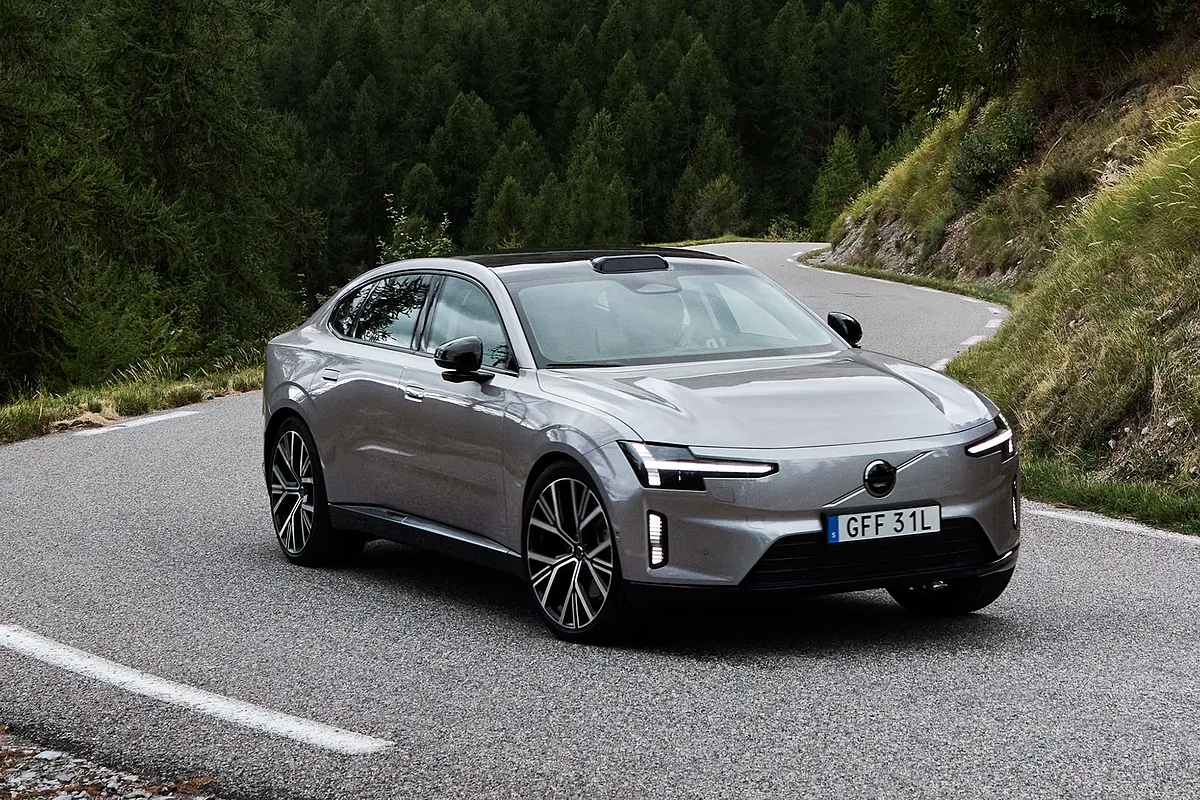The boom in historic cars: real demand or scam?

A year ago, the DGT settled one of its outstanding debts with the entry into force of the new Historic Vehicle Regulations , which apply, as a general rule, to vehicles that have been registered or manufactured for at least 30 years. The regulation, negotiated between the Ministries of the Interior (which includes Traffic) and Industry, had had to be postponed several times, despite the fact that the previous regulation was in force in 1995. The new regulations pursue two major objectives.
On the one hand, we want to prevent thousands of antique and classic cars from leaving our country or being abandoned. These cars are part of our culture and heritage, and part of the life stories of many families who have inherited them from previous generations.

On the other hand, it is important to boost the business and employment surrounding their restoration, preservation, maintenance, and sale. These are no small feats: according to FEVA (the Spanish Federation of Antique Vehicles), there are 1.5 million registered historic vehicles in Europe, generating an economic impact of around €16 billion annually. There are more than 9,000 companies linked to the sector, 67% of which have been in business for more than 10 years; and 44% report having difficulty finding qualified personnel.
Logically, most of these cars are in countries with a long automotive tradition and their own brands, such as Germany (600,000 cars) or France (400,000).
For four in just one yearIn Spain, a year ago, there were barely 48,000 vehicles. Today, that figure has almost quadrupled, reaching 175,753 vehicles. Of these, the vast majority are passenger cars (104,201 units), followed by motorcycles (34,533) and, curiously, trucks (12,830 vehicles). Next come mopeds (9,620 units) and vans (8,736), but there are also tractors, buses, and even trailers classified as historic.
In terms of geographical distribution, a fifth of these cars are in Madrid (36,738), with Barcelona (16,730) and the Balearic Islands (9,369 vehicles) close behind.

The main reason for this boom has been the simplification and reduction in the cost of the process for obtaining historical heritage status, the major innovation introduced by the regulation.
Until the new regulations came into force, the procedure was slow (up to several months), expensive (between €600 and €1,000), and cumbersome, as regional laboratories were involved to certify that the car met the appropriate conditions. "Someone with an expensive car didn't mind spending that much money and time," notes Raúl Aranda, president of FEVA. But it was a major obstacle to regularizing the status of so-called popular classics. That is, Seat, Citroën, Ford, or Renault models from the 1950s, 1960s, or 1970s with little monetary value. But beware, time flies, and we're also talking about passenger cars registered until 1995. For example, a third-generation BMW 5 Series or a Renault Mégane.

Under the new rule, all you need to do is submit photos of the vehicle, sign a declaration of responsibility, and pay the change of service fee of €20.85. Furthermore, the process can be completed online, and in fact, this has been the procedure followed in 30% of new declarations.
This abbreviated procedure applies to vehicles in Group A. They must be at least 30 years old since their first registration in Spain, be in circulation, have passed the vehicle inspection (ITV), and be in their original condition, with no changes to their characteristics or components such as the engine, brakes, steering, suspension, or bodywork. The problem is that they have tried to make things so simple that no one actually checks the vehicle's true condition.
Advantages of a historicalThis is not the case with the so-called Group B, which includes those who do not meet these requirements. In these cases, additional procedures must be completed. Among them, obtaining a certificate of suitability.
But what advantages does the new historic vehicle status bring? One is the exemption or discount on the municipal vehicle tax. The MOT (Inspection) intervals are also extended; vehicles over 60 years old or mopeds no longer need to pass, while motorcycles will be subject to a period of four years. However, the most notable benefit is that, even if they don't have a DGT sticker, they are allowed access to Low Emission Zones (LEZs). However, there are limits: they may not enter for more than 96 days a year and "may never be used as a regular means of transport."

According to FEVA estimates, 80% of older vehicle owners drive their vehicle less than 30 days a year, especially on weekends and holidays. On average, they travel about 2,000 km per year.
Neither its president, Raúl Aranda, nor the president of the European Motorists' Association, Mario Arnaldo, believe that this last advantage has been decisive in the surge in historic car sales.

First, because in Madrid, which is the city that sets the pace in this regard, they are not allowed to park on the street and have to go to a parking garage, which incurs the corresponding expense. And second, because if the maximum number of days is exceeded, the fine can reach 500 euros (if it is considered a serious administrative offense) instead of the 200 euros for entering the LEZs without permission. Furthermore, in the capital, this control is very easy thanks to the cameras that monitor access to these restricted areas.
So far, by the way, most of the cases detected involve motorcycles, which are allowed to be parked on the surface and, comparatively speaking, aren't as outdated as passenger cars. Vehicles that are 30, 40, or 50 years old are clearly more uncomfortable and less safe.

Finally, no city council is required to respect these 96-day exemptions and can waive them through the corresponding ordinance that establishes which vehicles can and cannot access a LEZ.
Time will tell, because the pool of candidates for historic status is very large. Although the DGT's age-based data only includes those over 20 years old as the oldest, there are almost 7.3 million (20% of the total). However, existing European records do not suggest an exaggerated figure. In fact, the president of FEVA believes the figure could be between 250,000 and 300,000 vehicles of all types.
elmundo





